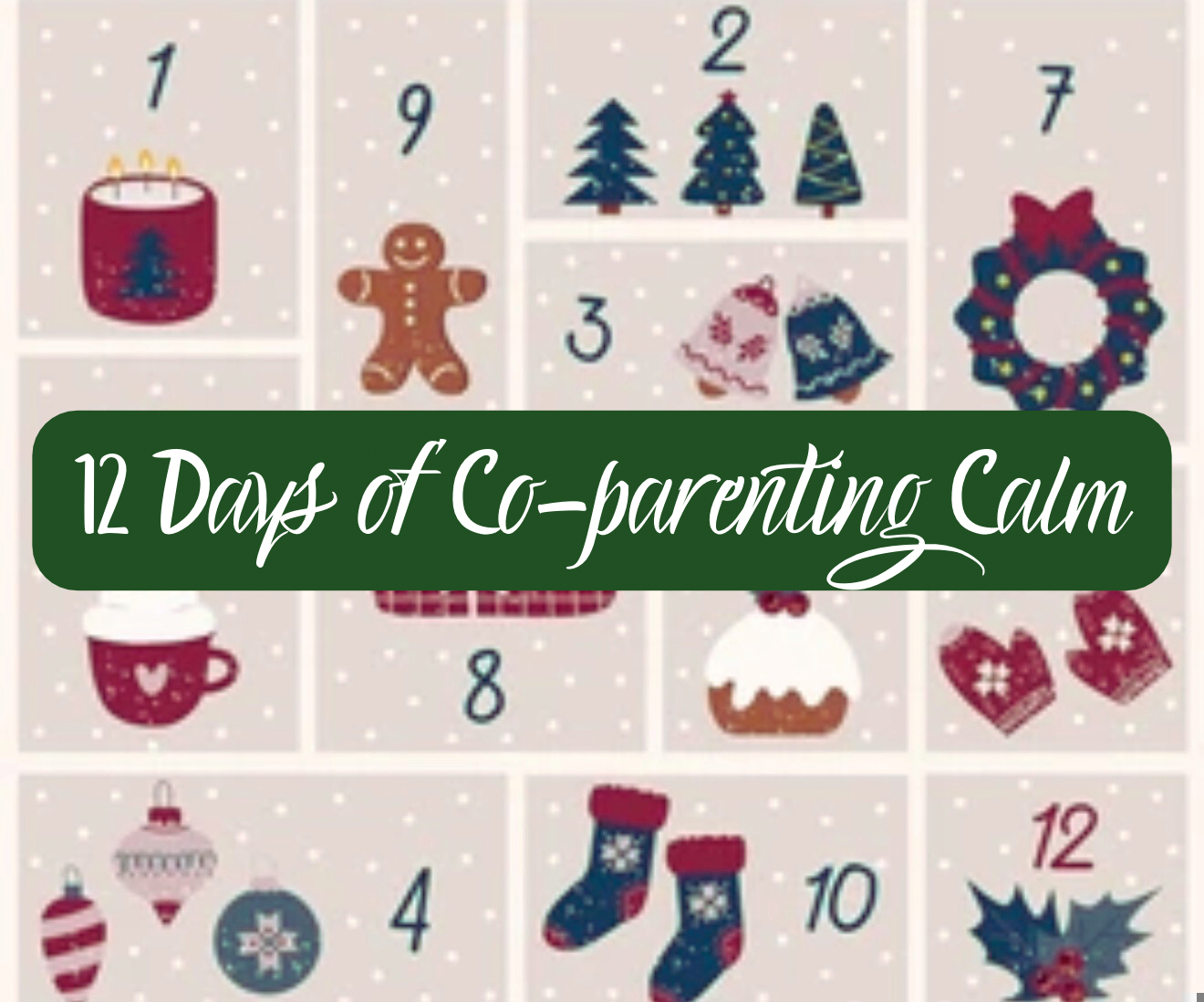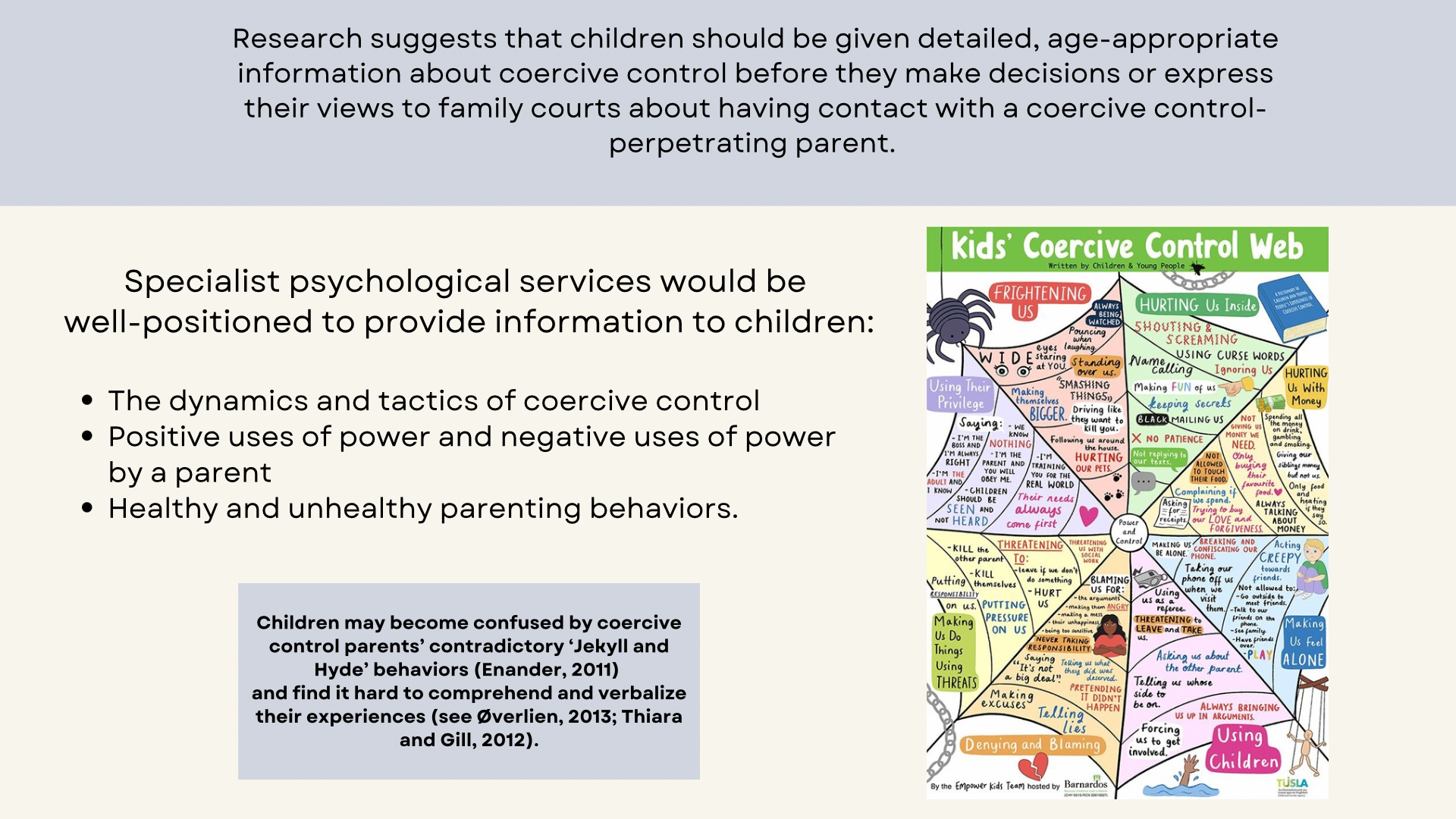Guest Post by: Dr. Deb Gilman
Resistance shows up in the Collaborative Process in all kinds of subtle (and not-so-subtle) ways:
- “I don’t think we need a coach.”
- “We can communicate just fine on our own.”
- “Why should we bring in someone else—won’t that make things more expensive?”
And the instinct, especially for well-meaning professionals, is to explain. We tell. We reassure. We present logical reasons and try to “sell” the benefits of bringing in a neutral.
But here’s the paradox:
The more we try to persuade, the more resistance grows.
Why? Because resistance isn’t about logic. It’s about autonomy .
When clients feel unsure, overwhelmed, or emotionally raw, they often cling to the one thing they can control: saying no. They’re not rejecting us—they’re trying to protect themselves. And our explanations, however thoughtful, can feel like pressure.
That’s where Motivational Interviewing (MI) becomes a game-changer.
What is Motivational Interviewing?
Motivational Interviewing is a client-centered approach that helps people explore their own reasons for change. Instead of telling them what to do, we ask curious, open-ended questions that invite reflection.
MI rests on a powerful truth:
People are more motivated by what they hear themselves say than by what they’re told.
In Collaborative Practice, MI allows us to shift from persuasion to partnership—to guide clients, not push them. And when we do that, the magic happens: resistance melts, insight emerges, and clients often name the very needs we hoped they’d recognize.
The Magic Formula: Ask Insightful Questions
Instead of defending the value of neutrals, try offering space for the client to reflect. Below are 5 powerful insight-based questions rooted in MI principles. Each one is designed to help the client uncover their own needs—whether emotional, practical, or relational.
These questions don’t tell clients why they need support.
They help clients realize it for themselves.
1. What would it look like to feel supported during this process?
Clients may begin to recognize emotional fatigue, decision paralysis, or the desire for a steady presence to walk beside them.
2. What concerns do you have about communicating directly with your co-parent or partner?
This often surfaces patterns of conflict, miscommunication, or anxiety that a neutral could help manage or mediate.
3. If you had a professional focused only on helping you stay grounded and focused, how might that help you reach your goals?
This allows clients to connect the dots between internal regulation and external results.
4. What’s been hard about making decisions together so far?
This question gently uncovers roadblocks—like power struggles, stuck patterns, or fear of being overpowered—that can be eased by facilitation.
5. How do you imagine your kids might benefit from having this process go more smoothly?
When clients reconnect with their “why,” they often realize that accepting help is one of the most child-centered choices they can make.
When the Client Says It, It Sticks
By asking instead of telling, we return control to the client in a way that feels empowering, not overwhelming. This is especially powerful when clients are vulnerable, reactive, or skeptical.
And when clients say it out loud—“ I think I’d feel safer with someone guiding the conversation ,” or “ This would really help us keep things calm for the kids ”—their resistance begins to soften.
They’re not agreeing because we told them to.
They’re agreeing because it matters to them.
Want the Printable Client Tool?
I’ve turned these five questions into a downloadable handout with gentle checkboxes and reflection prompts—perfect for intake sessions, pre-meeting prep, or follow-up coaching.
📩 Contact me to receive the free digital worksheet. Deb@drdebgilman.com
Let’s stop convincing.
Let’s start listening differently.
✨ The most powerful insight is the one that comes from within.









